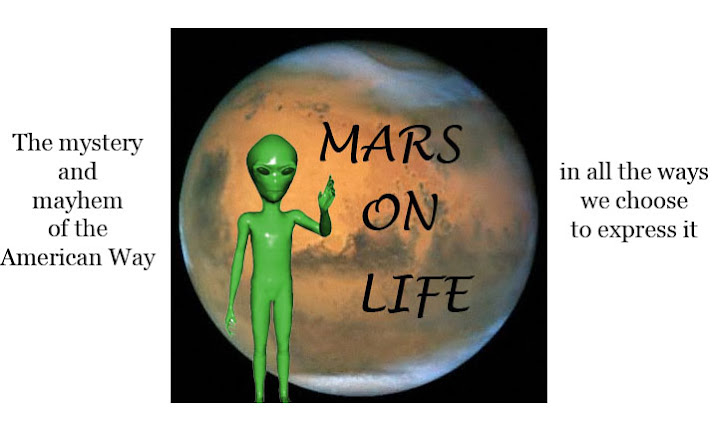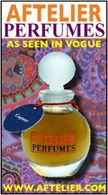Branding, a quick lesson: If you've ever marveled at the pervasiveness of logo culture , you'll understand how and why the Ralph Lauren-designed U. S. Olympic team blazer  instantaneously sold out on the designer's Web site.
instantaneously sold out on the designer's Web site.
The $695.00 blazer, complete with trademark Lauren polo pony and Olympic rings, was likely purchased as a collectible, but you never know. It was part of a larger Olympic Games collection that includes polo shirts (not, presumably, limited to polo players and for years a signature item for the Lauren brand), a striped tie and belt, sweatshirts, shorts, skirts, hats, track jackets, and a newsboy hat. The whole family can be outfitted, in case you are seized by collective a moment of household patriotism.
The look is called "preppy," a dated term that became popular after the 1970 movie Love Story and grew roots as pervasive as those of the ivy that twines around Harvard Yard. Preppy attire is arguably the longest-surviving American fashion trend extant (still going strong near 40 and showing no signs of incipient middle age), growing as it did not from the momentary creative impulses of the arts community but from a sociocultural pocket of the Northeast. There, in Cambridge and New Haven, in Hanover, Princeton, and Providence, the sons of the WASP Nation practiced a codified dress that signaled an educational trajectory from preparatory school to the yards and squares of the Ivy League and membership in an elite club, et hoc genus omne.
The Lauren brand found success on the backs of this historical divide, its polo pony conferring admission by purchase to a fraternity that knew the equipment of the sporting life and, traditionally, no race other than Anglo-Saxon. Due to a number of factors that included wider educational opportunities for the working classes, the WASP distinction weakened after the Second World War, but in the mass market, Lauren's mythic race endures.
The Team USA Olympic uniforms are designed to visually represent--as are the uniforms of all participating countries--the nation as a whole, indivisible by trend and the injustice of an unflattering pleat. To this end we who may be cultural ignoramuses learn that the Dutch are a happy people in the face of sartorial disaster and that the Bolivians are so seriously minded that they cannot separate sport from business.
The Olympic parade costumes are national ones, tied directly into cultural identity and more importantly, inseparable from how a country wishes to be perceived by the world at large. The costumes are chosen for homogeneousness, to reduce identity to a jacket. Or a sari or a pair of saggy shorts. This is the same principle that governs any working uniform; the individual is stripped away in favor of the group. It is a show of solidarity on an international concourse, and is always a matter of tremendous pride.
This is why the WASP uniform as paraded by the US Olympic team was a critical error, and one that was overlooked in the swell of glory that accompanied the team as it made its way onto the world stage: WASPs are a minority group, an exclusionary, not a visionary one.
To be sure, Ralph Lauren is a titanic American brand. Lauren and Calvin Klein have long spoken for the white upper and upper-middle class and have been deservedly successful in so doing. But the roots of the Olympic team are largely not in that narrow sector and are instead planted in international ground, and we're all the better for it. Lauren's design is a reminder of what once was an American ruling class and which is not so diluted as studies would lead one to believe. If we are anything collectively, we are a nation of tongues, not of bean and cod.
The other troubling point was the overt branding seen in the Lauren logo, which shared prominence with the Olympic rings and laurel. Was this a celebration of an athletic event or yet another chance at extended marketing? Who allows these things to occur? This transcended product placement and smacked of rah-rah commercialism. The pony was not even given the chance to be discreet; it gallops across the breast as if it is of equal importance and value. Perhaps it is. It too, nonhuman as it is, is part of the team. It speaks to the present need to accept big business as a human entity and a legitimate value system contained in profit. The business spirit trumps the sport, each and every time, and why are we surprised? Think of the possibilities: Brought to you by Coca-Cola, Hewlett Packard, and, God help us, Kentucky Fried Chicken. The list of potential sponsors is endless and endlessly insidious while also containing gallons of irony and plain old comic relief. One of the best of the comic is Yum! brands, which, when glanced at quickly, seems Japanese. It's not. That's an exclamation point at the end, not an "i." Yum! is an American corporation, headquartered in Louisville, Kentucky, even if their ads seem to have been filmed in and by Asians hoping to attract Asians to the oversaturated Asian market.
Has America been reduced to indulgence? Is then, the Lauren-designed costume the correct one for today's America, even as what it parades is the implication of privilege? Do we have a common spiritual connection? Up until very recently it appeared as if it were Starbucks.
Our American athlete, our heroic figure, is outfitted in his white ducks for sports where real sweat appears only on horses and where money is a vulgar commodity if you have it and even more vulgar if you wipe your brow clean from the effort of those who do not. The parade costume made talking about it into a medal-worthy sport itself, to the detriment of those who represent for their neighborhoods, for their small businesses, for their state schools and for their underfunded playgrounds.
Go, team!
The blazer is now available on eBay, the new national shopping mall. This is not an advertisement.
Sunday, August 10, 2008
WASP Nation: The U. S. Olympic Team Uniform
Subscribe to:
Post Comments (Atom)









4 comments:
This blog excepted, the US team look has been well receipted, especially in comparson to previous uniforms. In addition, I don't think the "look" should be eschewed simply because it is considered to be "elite". Also consider the mass marketing of the preppy look over the past 6 years. It's no longer a "prep" school look, it's mass market - sold at WalMart. There are other forms of clothing that represented the elite - tuxedos come to mind. But we don't criticize a working class stiff who makes an effort to dress up in a penguin suit to go to prom, or later to his own wedding. Chill. The uniforms look good and will date well.
Don't you wish critical commenters would have the nerve to do it without the smokescreen of anonymity?
At any rate, I think this is a fascinating look at the US uniform. I've never given any of the uniforms this much thought - though of course, it's all about how culture meets advertising. I think your point about WASP elitism being a skewed symbol for US "supremacy" (I mean this athletically, of course) is very perceptive. Thanks for the insightful post, S.
Excellent points, all. I think the Olympics have descended to the depths of Marketing Opportunity.
The Uniform represents that.
I wonder if a plain, non-logo'ed uniform could ever exist in our time?
i hate the whole controversy around the uniform ! it's stupid whereas it looks pretty stylish
Post a Comment